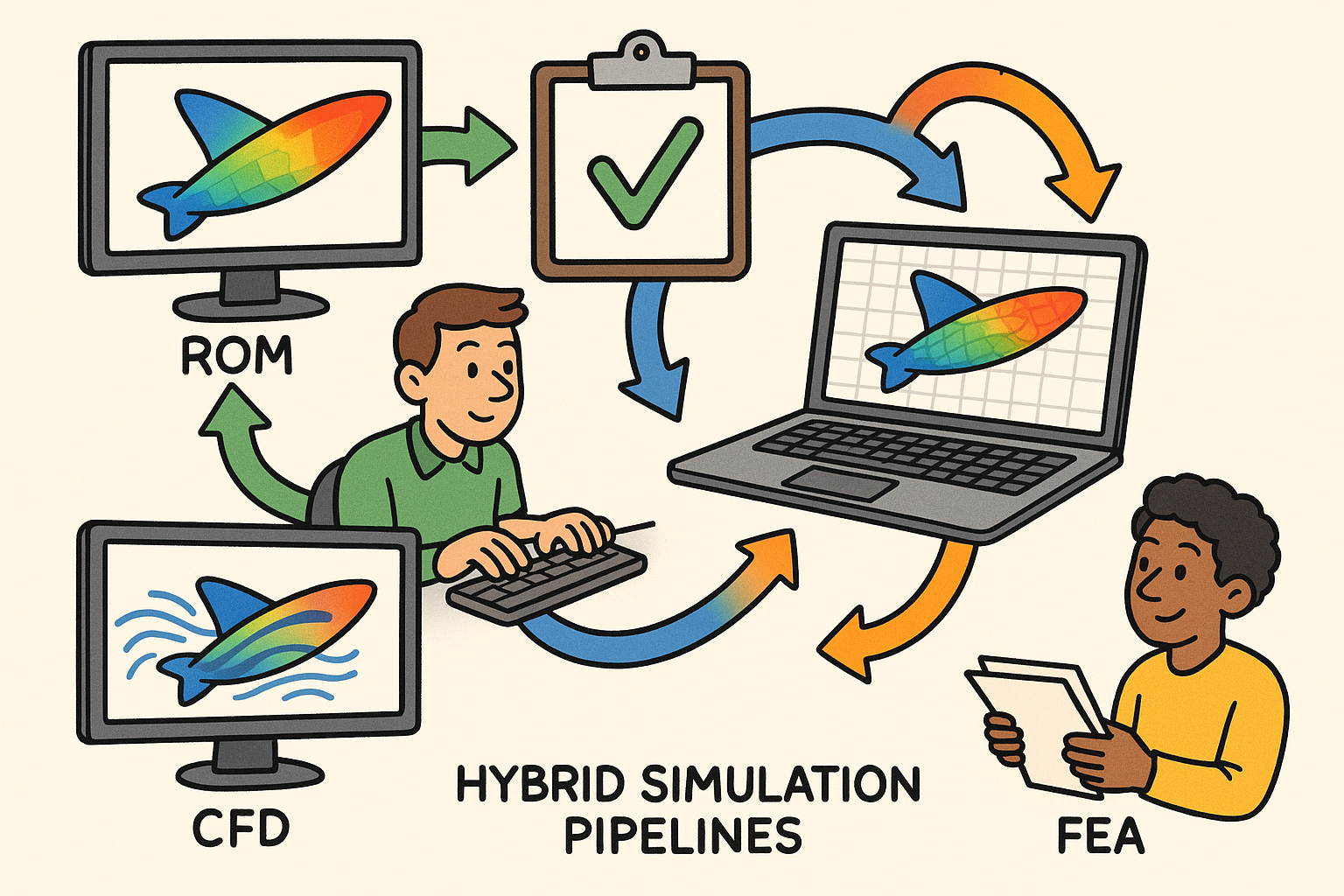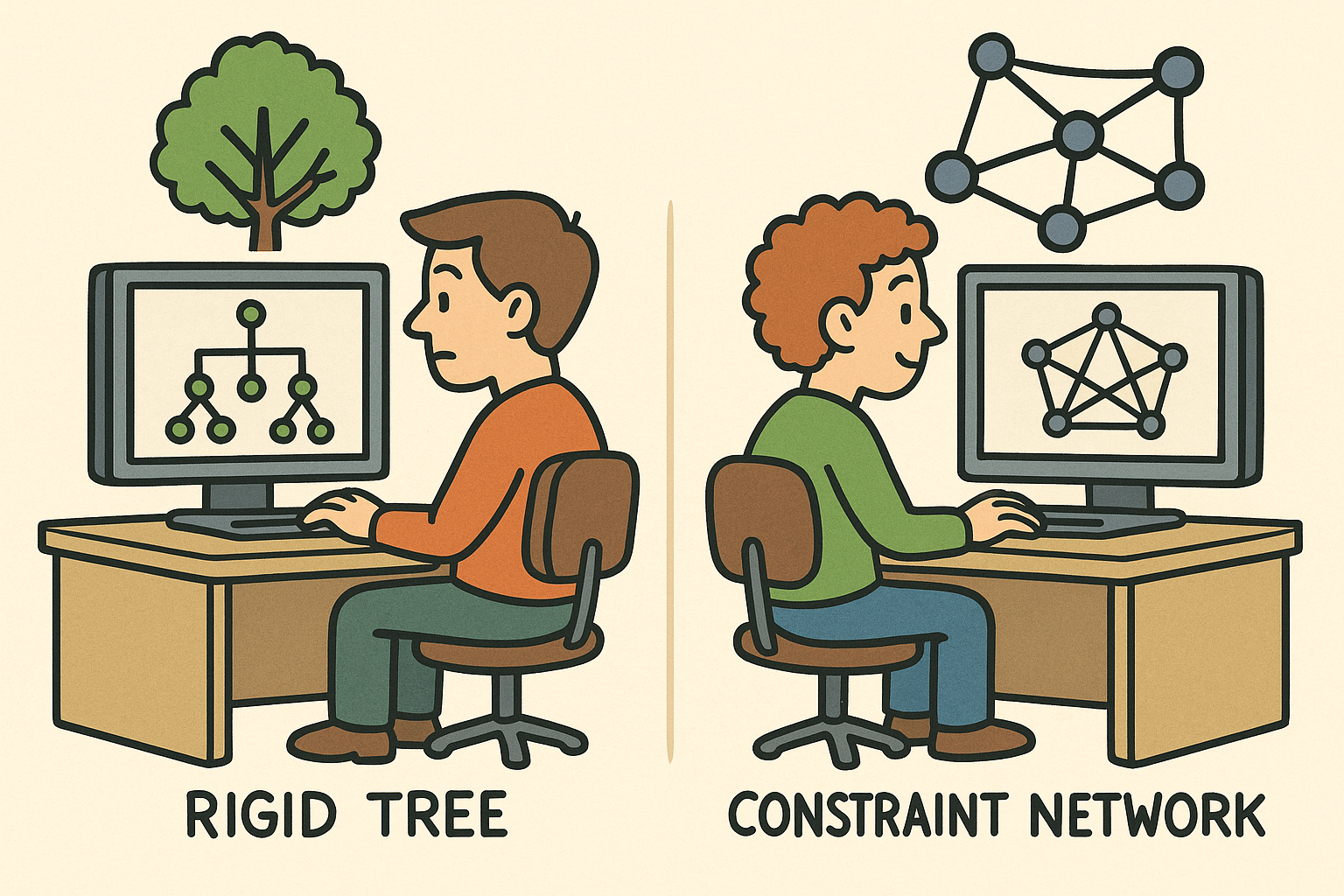Your Cart is Empty
Customer Testimonials
-
"Great customer service. The folks at Novedge were super helpful in navigating a somewhat complicated order including software upgrades and serial numbers in various stages of inactivity. They were friendly and helpful throughout the process.."
Ruben Ruckmark
"Quick & very helpful. We have been using Novedge for years and are very happy with their quick service when we need to make a purchase and excellent support resolving any issues."
Will Woodson
"Scott is the best. He reminds me about subscriptions dates, guides me in the correct direction for updates. He always responds promptly to me. He is literally the reason I continue to work with Novedge and will do so in the future."
Edward Mchugh
"Calvin Lok is “the man”. After my purchase of Sketchup 2021, he called me and provided step-by-step instructions to ease me through difficulties I was having with the setup of my new software."
Mike Borzage
Exploring the Paradigm Shift: The Evolution and Impact of Parametric Design in Modern Industries
July 23, 2024 3 min read


Introduction to Parametric Design
Parametric design represents a paradigm shift in the realms of architecture, engineering, and design. This approach leverages the power of algorithms to define relationships between design elements, enabling the creation of complex and adaptive models. The significance of parametric design in the current design landscape cannot be overstated, as it allows for unprecedented flexibility and efficiency in the design process.
The journey from traditional design methods to the introduction of parametric design has been transformative. Historically, design processes were largely manual, relying on the designer's skill and intuition. The advent of parametric design has changed this, introducing a method where designs are generated through the manipulation of parameters and the application of algorithms, paving the way for innovation and complexity.
The basic principles of parametric design involve defining parameters (the variables that influence the design), establishing relationships (how the parameters affect each other), and utilizing algorithms (the rules that govern the design). These principles form the foundation of parametric design, enabling designers to create dynamic and adaptable designs.
Core Advancements in Parametric Design Software
Modern parametric design software has seen significant advancements, offering features that greatly enhance the design process. These include:
- Dynamic modeling capabilities that allow designers to explore a wide range of forms and structures by simply adjusting parameters.
- Enhanced computational efficiency, enabling complex calculations for intricate designs, thus broadening the scope of what can be achieved.
- Integration with other software (CAD, CAM, BIM), facilitating a seamless design to production workflow, enhancing both productivity and creativity.
While specific case studies are not mentioned, it's important to note that these advancements have enabled transformative projects across a variety of domains, showcasing the potential of parametric design tools.
The Impact of Parametric Design on Various Industries
Parametric design has had a profound impact on several industries, revolutionizing traditional practices and paving the way for innovation. These industries include:
- Architecture: Parametric design has revolutionized building design through the creation of adaptive and responsive structures, allowing for innovative architectural solutions that respond to environmental and user-specific criteria.
- Product Design: It has enabled the creation of customizable and functionally optimized products, offering a new level of personalization and efficiency in product development.
- Fashion and Textiles: In the fashion industry, parametric strategies have innovated pattern making and garment construction, allowing for new forms and efficiencies in production.
- Urban Planning and Landscape Design: Parametric design facilitates sustainable and adaptable urban spaces, contributing to more livable and environmentally friendly cities.
Future Directions and Challenges
As parametric design continues to evolve, several developments are anticipated that could further enhance its capabilities and applications. These include:
- The integration of AI and machine learning to automate and enhance design processes, making them more efficient and allowing for more complex designs to be realized.
- The potential for greater integration with virtual reality (VR) and augmented reality (AR), offering immersive design experiences that can enhance the design and review process.
However, several challenges remain:
- The learning curve associated with mastering parametric design tools can be steep, requiring significant investment in time and training.
- There is the challenge of balancing computational design processes with the intuitive, artistic aspects of design, ensuring that technology enhances rather than detracts from creativity.
The importance of interdisciplinary collaboration is emphasized in pushing the boundaries of what parametric design can achieve. This approach not only fosters innovation but also ensures that designs are both feasible and aligned with the intended vision and objectives.
Also in Design News

Hybrid Simulation Pipelines: Integrating ROMs with CFD and FEA for Real-Time Design, Validation, and Governance
November 28, 2025 10 min read
Read More
Design Software History: From Rigid Trees to Constraint Networks: The Evolution of Parametric Assemblies in CAD
November 28, 2025 12 min read
Read MoreSubscribe
Sign up to get the latest on sales, new releases and more …



